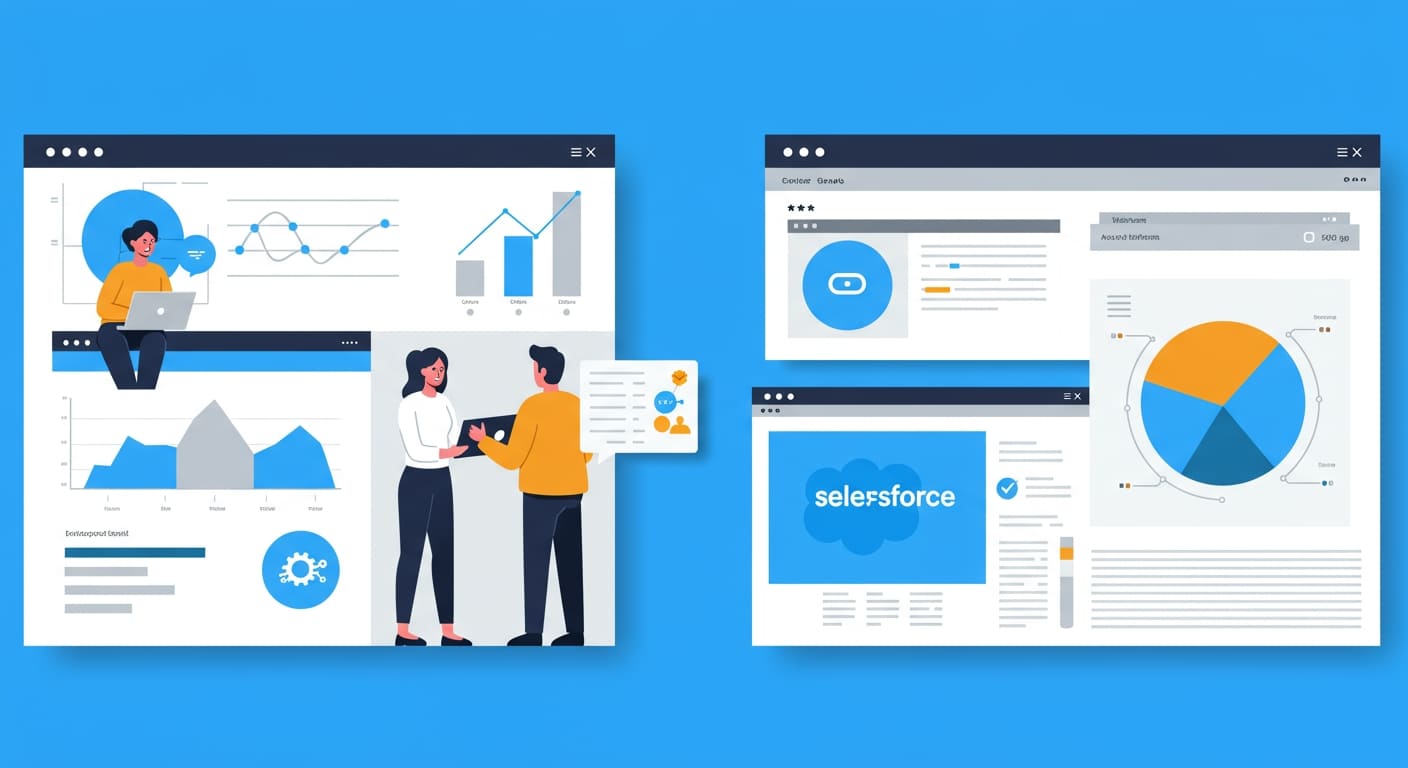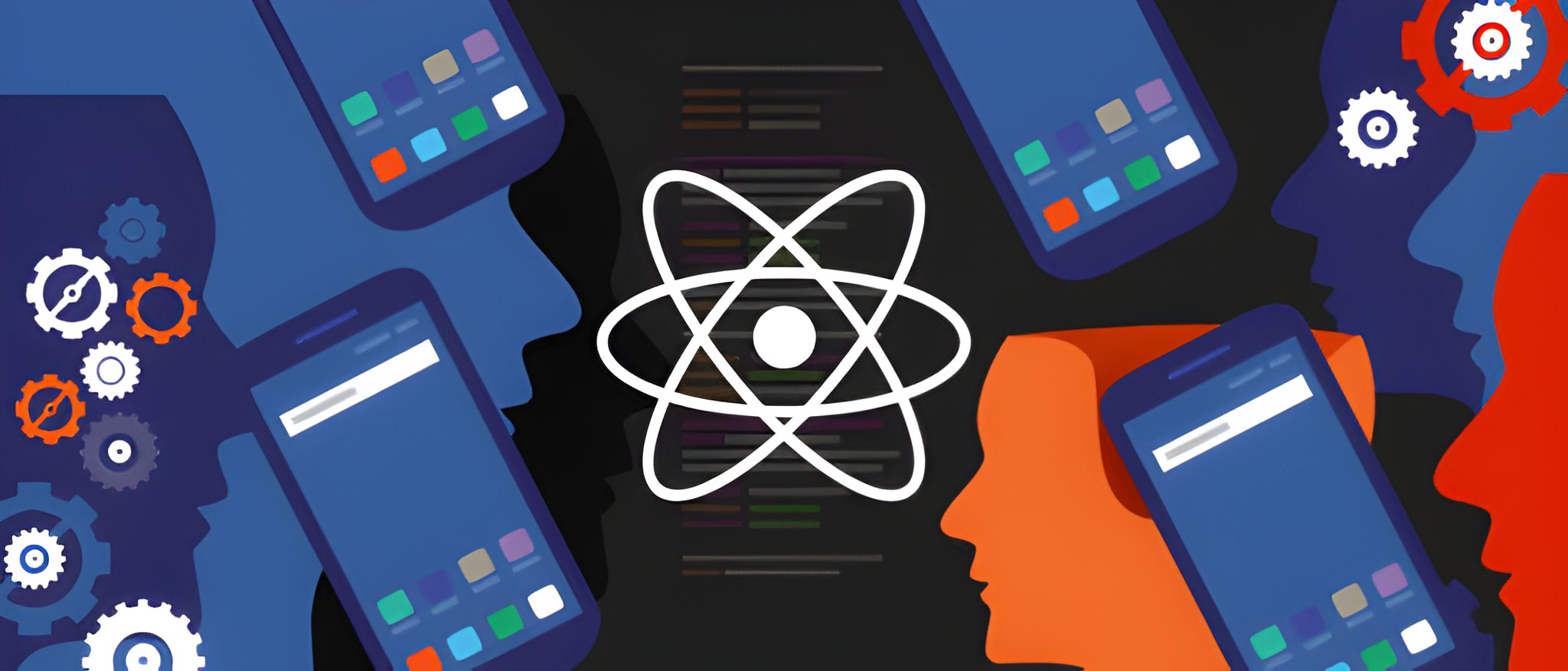Struggling to make your digital products usable for everyone? You’re not alone. Many designers overlook Accessibility in UI, leaving users behind. Inclusive UI Design isn’t just a checkbox—it’s a game-changer that boosts engagement, widens your audience, and keeps you compliant. In this post, you’ll discover how to put Accessibility First using proven strategies like WCAG standards, screen reader support, and effective alt text to build interfaces everyone can enjoy.
Understanding WCAG: The Backbone of Inclusive UI Design
The Web Content Accessibility Guidelines (WCAG) serve as the cornerstone for building digital experiences that are inclusive by design. These guidelines are developed by the World Wide Web Consortium (W3C) and provide clear, actionable criteria to ensure web content is accessible to everyone, including people with disabilities.
Why does WCAG matter? Accessibility isn’t just ethically right; it expands your user base and mitigates legal risks tied to discrimination. But more than compliance, WCAG helps create interfaces that work intuitively across varied user contexts.
WCAG is rooted in four key principles known as POUR:
- Perceivable: Information and UI components must be presented in ways users can perceive—whether through sight, hearing, or touch.
- Operable: Users should be able to navigate and interact with the interface using various input methods, such as keyboard or assistive technologies.
- Understandable: Content and controls need to be clear and predictable to reduce confusion.
- Robust: Interfaces must work reliably across different browsers, devices, and assistive technologies like screen readers.
For UI designers, WCAG 2.2 and upcoming 3.0 guidelines provide level A, AA, and AAA conformance criteria—from minimum to optimal accessibility. Embracing these standards lays a solid foundation for inclusive UI design. Tools like Axe, Lighthouse, and WAVE help automate WCAG testing in real-time, enabling you to catch issues early in the design and development cycle.
Actionable Tip: Prioritize meeting WCAG 2.2 Level AA to strike a balance between accessibility and feasibility – this is the accepted standard in most jurisdictions.
Implementing Screen Reader Compatibility in UI
Screen readers are assistive tools that vocalize digital content, making it accessible for users with visual impairments. Designing with screen reader compatibility in mind is essential to ensure your UI is truly inclusive.
Many struggles arise when web content is not structured semantically or when interactive elements lack proper accessibility attributes. Here’s how you can optimize UI for screen readers effectively in 2025:
ARIA Roles and Landmarks
Accessible Rich Internet Applications (ARIA) roles enhance the semantic meaning of elements, especially custom components. Proper use of ARIA roles and landmarks informs screen readers how to interpret and announce interface parts, enabling users to navigate quickly and understand context.
For instance:
- Use role=””navigation”” for menus
- Assign role=””main”” to primary content
- Employ aria-live regions for dynamic updates
Avoid overusing ARIA or misapplying roles, which can confuse screen readers. Where possible, rely on native semantic HTML elements first.
Proper Semantic HTML
Using correct semantic HTML tags like <header>, <nav>, <main>, <section>, and <footer> inherently supports screen reader users by providing meaningful structure.
For example, screen readers announce headings (<h1> – <h6>) and landmarks so users can jump through content efficiently. Semantic forms (<label> tied to <input>) improve form usability by clearly labeling inputs.
Keyboard Navigation Support
Many screen reader users depend on keyboard navigation, not mouse input. Designing focus states and guaranteeing that all interactive elements are reachable via keyboard (tab, shift+tab, arrow keys) is critical.
Best practices include:
- Making focus visible and distinct
- Logical tab order reflecting visual layout
- Avoiding keyboard traps where users get stuck
Tools like Focus Visible Polyfill and browser dev tools in 2025 assist developers to simulate keyboard-only navigation and test ARIA roles’ effectiveness.
Actionable Tip: Regularly test your interface with popular screen readers like NVDA, JAWS, and VoiceOver to experience firsthand how assistive technologies interpret your UI.
Crafting Effective Alt Text for Inclusive Interfaces
Alt text is a core aspect of Inclusive UI Design, enabling users who rely on screen readers to understand images, icons, and visual media.
Quality alt text doesn’t just describe the image literally—it explains its purpose and function in context. For example, a photo of a “red stop sign” might have alt text: “Stop sign indicating pedestrian crossing ahead.” This adds meaning beyond appearance.
Tips for Writing Meaningful Alt Text
- Be concise but descriptive—aim for one or two clear sentences.
- Focus on the information or function the image conveys, not unnecessary visual details.
- Use contextual relevance—alt text should reflect how the image ties into surrounding content.
- Avoid phrases like “image of” or “picture of,” as screen readers already announce the element as an image.
- For decorative images that do not add content value, use empty alt attributes (alt=””””) to skip them in assistive tech.
Common Pitfalls to Avoid
- Overloading alt text with irrelevant details.
- Using generic terms such as “graphic” or “photo” without context.
- Neglecting alt text on critical images like buttons or icons that convey action.
- Forgetting alt text on infographics and charts—consider supplemental long descriptions if complex.
In 2025, AI-powered tools like Microsoft’s Seeing AI and Google’s Cloud Vision API help generate or validate alt text but always review AI outputs for accuracy.
Actionable Tip: Maintain an alt text style guide for your team to ensure clarity and consistency across your digital properties.
Emerging Trends and Best Practices in Inclusive UI Design
Inclusive UI Design continues to evolve with new technologies and user demands, pushing designers to think beyond static accessibility.
Voice User Interfaces (VUIs)
Voice commands powered by AI assistants allow hands-free navigation that benefits users with mobility or visual impairments. Integrating VUIs into your UI expands accessibility by offering alternative input methods.
When designing VUIs, ensure clear command structures, minimal ambiguity, and multimodal feedback (voice + visual cues).
Dynamic Content Accessibility
With increasing use of single-page applications (SPAs) and dynamic elements loading asynchronously, ensuring that screen readers and other assistive tech detect updates in real time is crucial.
Implementing live regions, ARIA alerts, and focus management ensures users are aware of changes without losing context.
Leveraging AI for Accessibility
AI-driven tools in 2025 can automate many accessibility audits, from color contrast checking to alt text generation and ARIA validation.
Some advanced platforms integrate with popular design software like Figma and Adobe XD, giving immediate feedback on accessibility issues during the design process.
Inclusive Design Beyond Disability
Modern inclusive UI design is expanding to accommodate cognitive differences, neurodiversity, and age-related challenges. Simplicity, clear language, customizable interfaces, and flexible layouts make interfaces accessible to a wider range of users.
Actionable Tip: Stay updated with accessibility trends by engaging with communities like W3C’s Accessibility Task Force and following accessibility-focused conferences.
Conclusion
Building truly inclusive user interfaces requires intentional design grounded in standards like WCAG, practical tools like screen readers, and attention to details like alt text. WildnetEdge is your trusted partner in navigating this complex landscape, offering expert guidance to ensure your digital experiences are accessible and engaging for everyone. Ready to elevate your UI design? Start prioritizing accessibility with WildnetEdge today.
FAQs
Q1: What is Inclusive UI Design, and why is it important?
Inclusive UI Design ensures digital interfaces are usable by people of all abilities, improving user experience and legal compliance.
Q2: How do WCAG guidelines improve UI accessibility?
WCAG sets standards that help designers create interfaces that are perceivable, operable, understandable, and robust for all users.
Q3: What are best practices for writing alt text in Inclusive UI Design?
Write concise, descriptive alt text that conveys the function or meaning of images without redundancy.
Q4: How can screen readers impact user interface design?
Screen readers require semantic structure and ARIA roles to correctly interpret and navigate UI content for visually impaired users.
Q5: What are current trends in Inclusive UI Design?
Trends include integrating voice commands, improving dynamic content accessibility, and leveraging AI tools to automate accessibility checks.

Nitin Agarwal is a veteran in custom software development. He is fascinated by how software can turn ideas into real-world solutions. With extensive experience designing scalable and efficient systems, he focuses on creating software that delivers tangible results. Nitin enjoys exploring emerging technologies, taking on challenging projects, and mentoring teams to bring ideas to life. He believes that good software is not just about code; it’s about understanding problems and creating value for users. For him, great software combines thoughtful design, clever engineering, and a clear understanding of the problems it’s meant to solve.
 sales@wildnetedge.com
sales@wildnetedge.com +1 (212) 901 8616
+1 (212) 901 8616 +1 (437) 225-7733
+1 (437) 225-7733































